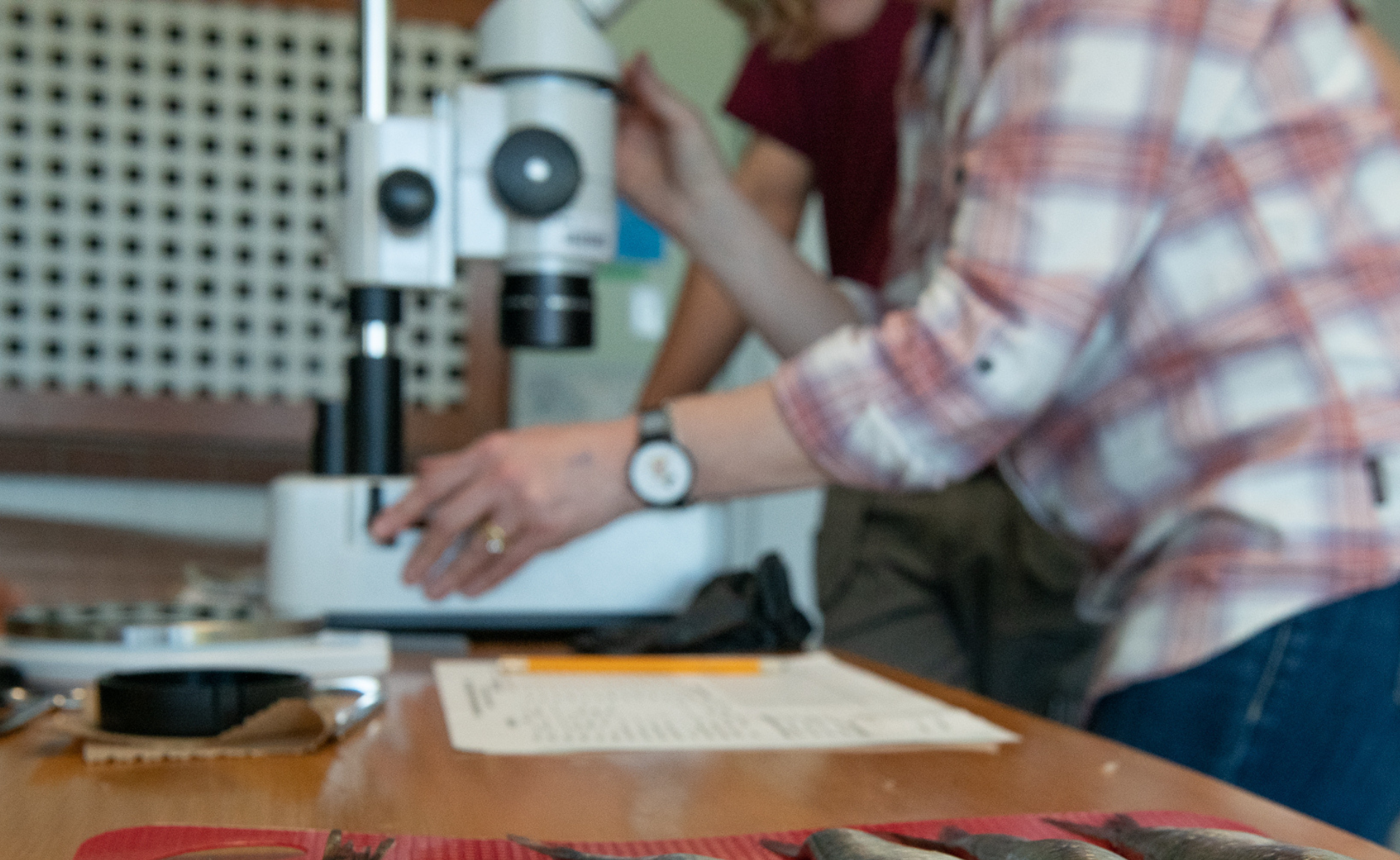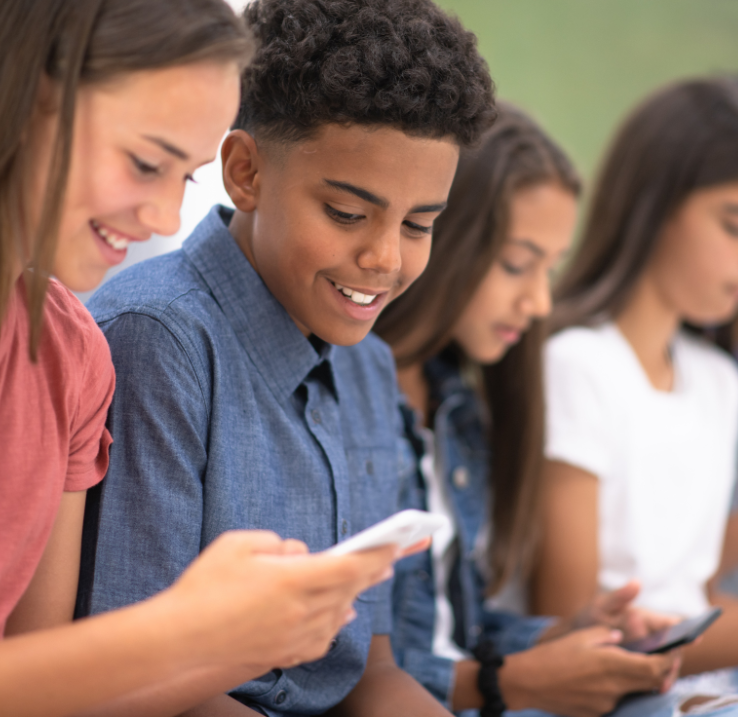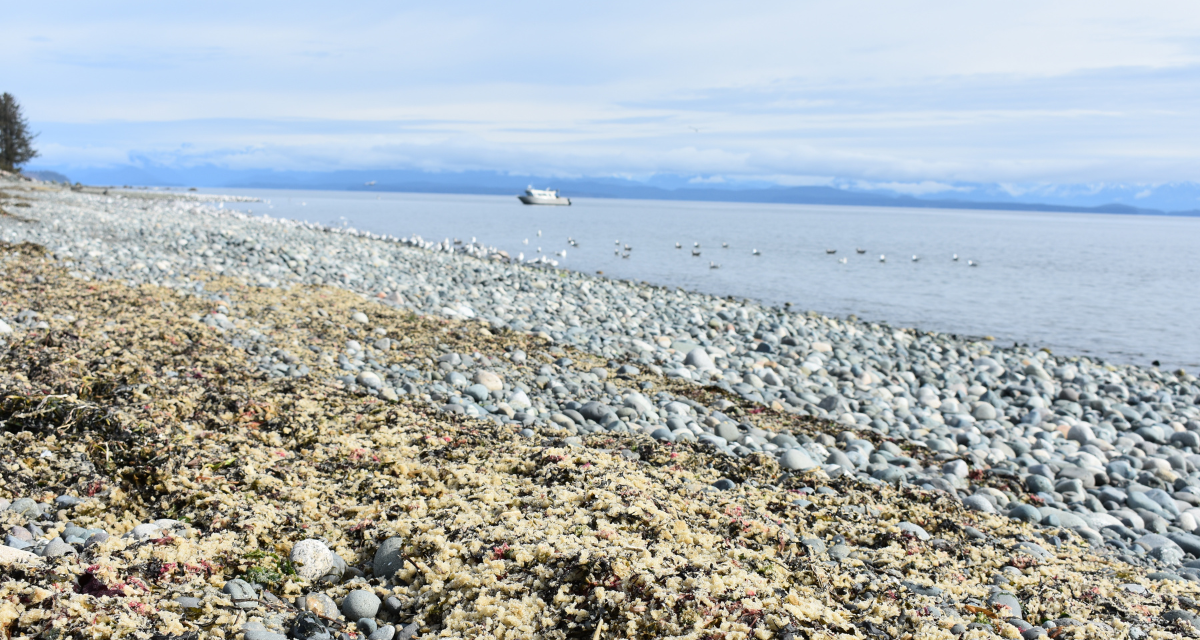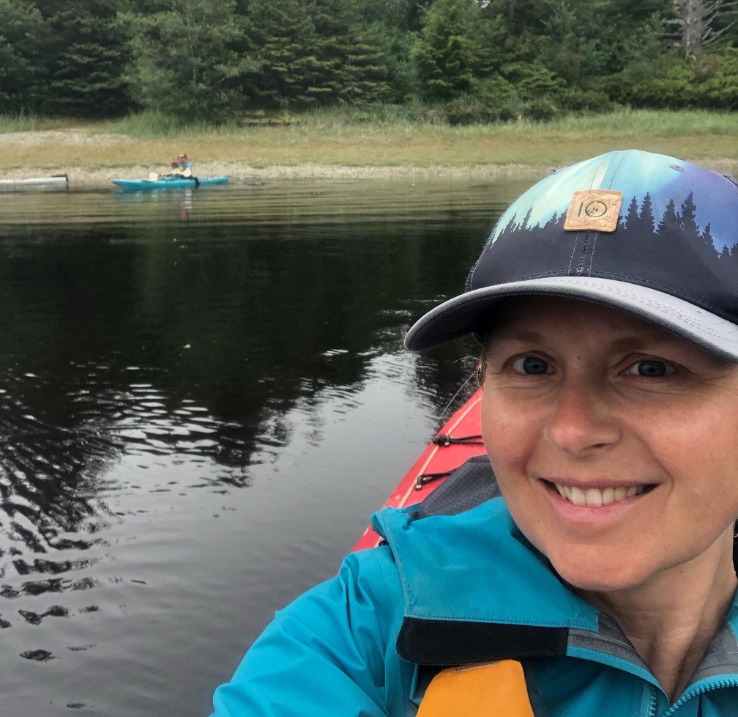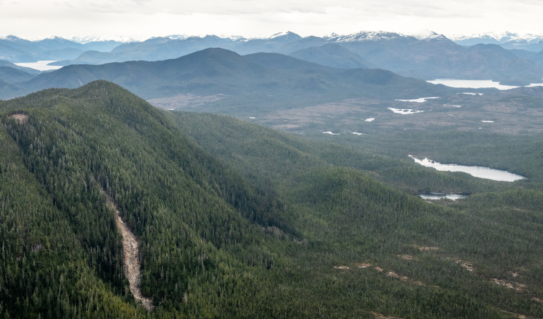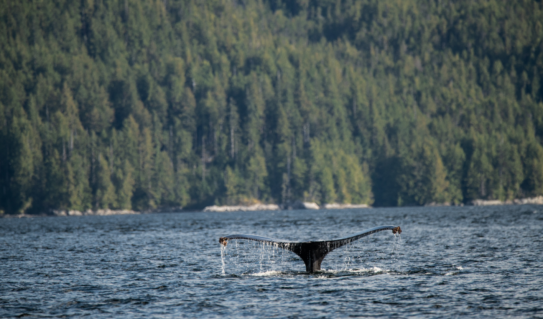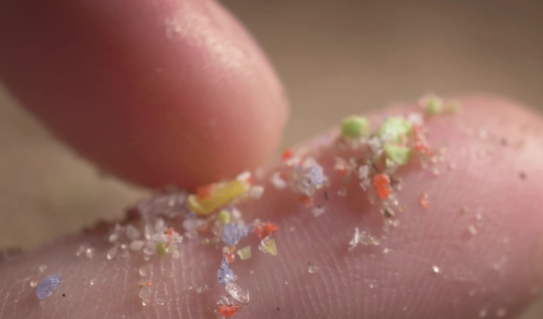Part 1: Accessing prior knowledge
To access their prior knowledge about herring, I had my class complete a quick anticipation guide with 10 true or false questions about Pacific herring. They also had to make a prediction to answer the essential question: Why are Pacific herring important? When I did this with my class, I worked in some partner talk time to discuss each response and make their predictions. Students shared their predictions with the class, and we recorded these on the whiteboard as a reference throughout the lesson sequence.
You can find a copy of the slides I created as an anticipation guide here. These can be modified to suit the level and needs of your students. The answers to the true/ false questions are included, but I would recommend not sharing these with students until the close of the lesson sequence.
Part 2: Using “The Harvest” as a resource
For the next part of the lesson sequence, I booked a class set of laptops and shared the Ocean School lessons with my students via Teams (this can also be done using Google Classroom). My goal was to have students understand the importance of herring, so I chose to assign the “Herring Handbook,” “Spot the Spawn” and “Herring Census” activities for my class to work through over the span of three, one-hour-long blocks.
By completing the “Herring Handbook” activity, the students learned about the importance of herring to the ecosystem of the Pacific Ocean. In the “Spot the Spawn” activity, students were engaged by the multimedia flyover and were excited to model the act, compiling data from flyovers and observations to make predictions about where the herring were spawning. We were able to carry over the conversation about healthy herring populations from the “Herring Census” activity into our grade 8 Math class. We discussed using the herring population samples to form ratios to make estimates of the larger populations, which is a perfect fit with the Grade 8 math content on ratios and proportional reasoning. Students were engaged in the act of collecting their data to put in a spreadsheet. My Grade 8 students needed some guidance during the discussion of what the data meant and how it could be used to answer questions of harvestability. With support, most students were able to make connections between the sets of data and maintaining a healthy herring stock.
Part 3: Taking action
To conclude this lesson sequence with my class, we watched the video from “Take Action for a Sustainable Future” together. We connected the Haíɫzaqv concept of c̓ isḷá (taking care) to our local Ligwilda'xw concept of maya'xa̱la (meaning “respect” in the local Kwak̓wala language). As a class, we discussed ways we can look after our local environments, especially the ocean. We brainstormed possible action projects and were inspired by Jordan Wilson’s call to join in local monitoring projects.
While not directly related to the herring spawn lesson, several of my students did get involved with our local aquarium’s Sea Star Wasting monthly surveys, and as a class we have participated in several beach clean-ups this year. Other students started following a local herring spawn survey group (Pacific Herring Spawn Reporting – IMAWG) on Facebook and would share updates with the class while the herring spawn was active this spring.
